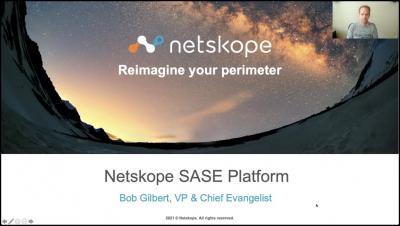Weekly Cyber Security News 23/04/2021
A selection of this week’s more interesting vulnerability disclosures and cyber security news. For a daily selection see our twitter feed at #ionCube24. I admit this is frivolous, and low risk, but come on…. The increasing completely pointless devices out there that insist on Internet connection when you are highly unlikely going to be out of sight of said device is bonkers… No…









